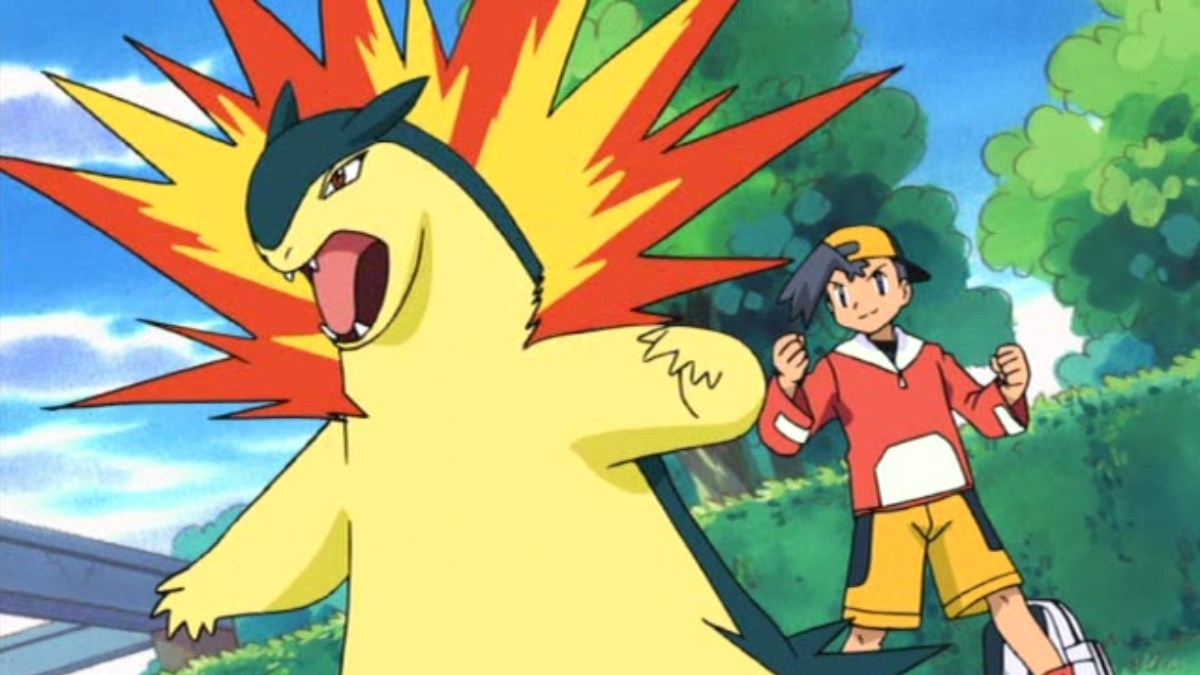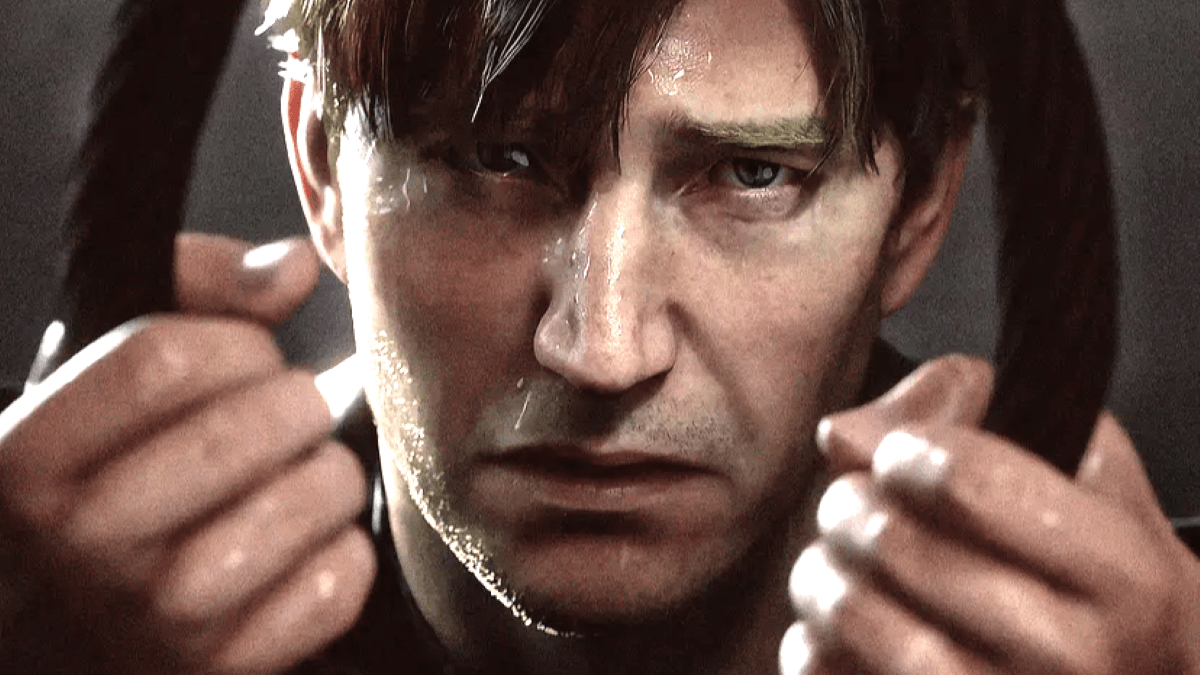Remember Birdman? Remember the intro sequence, with the jazz drumming that synched perfectly to the letters and names appearing in the credits? That punchy, memorable bit of fantastic editing stuck with me, and it has to be one of my favorite intros in a film to date. Ape Out is basically that intro, expanded into a game: a game about throwing humans against walls like oversized water balloons filled with red paint.
Divided into four “albums,” it’s Ape Out’s structure that most sets it apart from contemporaries like Hotline Miami or, more recently, The Hong Kong Massacre. Each album contains a Side A and Side B, each with around 4-5 levels. The first album sees our bombastic baboon flinging pencil-neck scientists through the glass windows of a research lab. In the second, he’s escaping a high-rise office building, complete with 30-something floors that must be individually descended.
This layout keeps Ape Out fresh even after dozens of deaths. Each album plays with different layouts: the lab, for example, has more claustrophobic corridors than the sprawling outdoor jungles of the Vietnam-War-themed third album. Each even introduces at least one enemy type unique to the location, further increasing their individual flavor.

Ape Out follows a similar formula to other frenetic twin-stick games: kill the enemy before they can kill you. Only one problem: gorillas can’t use guns. This means you’ll be sneaking around corners, bum-rushing, and using human shields to protect yourself from being mowed down by rifles, shotguns, snipers, grenades, and flamethrowers. Luckily, everyone seems to have a case of the butterfingers, because enemies always give just enough time to react before opening fire. This prevents frustrating long-range shots from offscreen (I’m looking at you, Hotline Miami 2).
A typical level goes like this: start running in a direction, see someone, rush to him before he shoots, grab him, notice some other enemies, make a split-decision to throw your hostage into them, rush them down, notice more people, etc. It’s a game about microscopic decision-making, and the payoff of cymbals crashing or drums booming on every kill is a constant dopamine fix for performing well. I can count on one hand the times I felt like I was unfairly damaged, and there are certainly situations where a more cautious approach is best, like the more open areas in album 2.
Line of sight plays a critical role in your survival, and rather than blocking it with a shadow around corners the walls rise all the way to the sky. It’s an ingenious and visually appealing way to tackle this mechanic, and is functionally the same. Giving the levels depth and adding drama, this is one of my favorite visual tricks in the entire game.

There are occasional frustrations, of course – mostly due to Ape Out’s procedural generation. Each level has a general theme, like long hallways or big open spaces sectioned off by side rooms, but they all get a mix-up each time you die. This is good in that it prevents the rote muscle memory of Hotline Miami, but bad because it does sometimes lead to seemingly unpreventable damage. As mentioned before, these situations are very rare, and I do think the randomness benefits Ape Out far more than it hurts.
The one bit of randomness that I could’ve done without, however, is the variance in enemy fire while they’re being gripped by your Tang-tinged gorilla. Sometimes a rifleman will shoot straight, sometimes he’ll shoot so wide I’d swear he was attempting suicide. This makes it difficult to use this necessary mechanic to take out long-range foes more safely. I’ve had nearly every bullet of a machine gunner comically dance around two or three targets without hitting them once. These hostage-moments are one-and-done, meaning once they’ve shot and missed, you’ll have to throw them and hope for the best.
I won’t spoil it here, but Ape Out has one of the best outro and credits sequences I’ve seen in gaming. Making my way through each of the albums felt like listening to an artist’s discography, and I could feel the movements and excellent pacing between each. The locations are varied and beautifully simplistic, and no part of the game overstays its welcome. While a short experience, it’s one that’s expertly crafted to maximize the synesthetic feeling between beat, violence, and pacing.
Even considering the random elements and intense difficulty, I never felt like Ape Out was unfair. I always felt like I was improving a bit at a time, and knowing when to slow down or speed up (much like the tempo of a free-jazz piece) was half the fun. It plays tight, it looks incredible, and the sound design is top of its class. While there are some frustrations concerning what feel like unwinnable situations, they’re rare enough not to deter “just one more try.” With an arcade and enemy-dense hard mode to boot, this title is an easy buy for anyone looking to paint the city red.
This review is based on the PC version of the game. A copy was provided by Devolver Digital.








Published: Feb 28, 2019 09:00 am